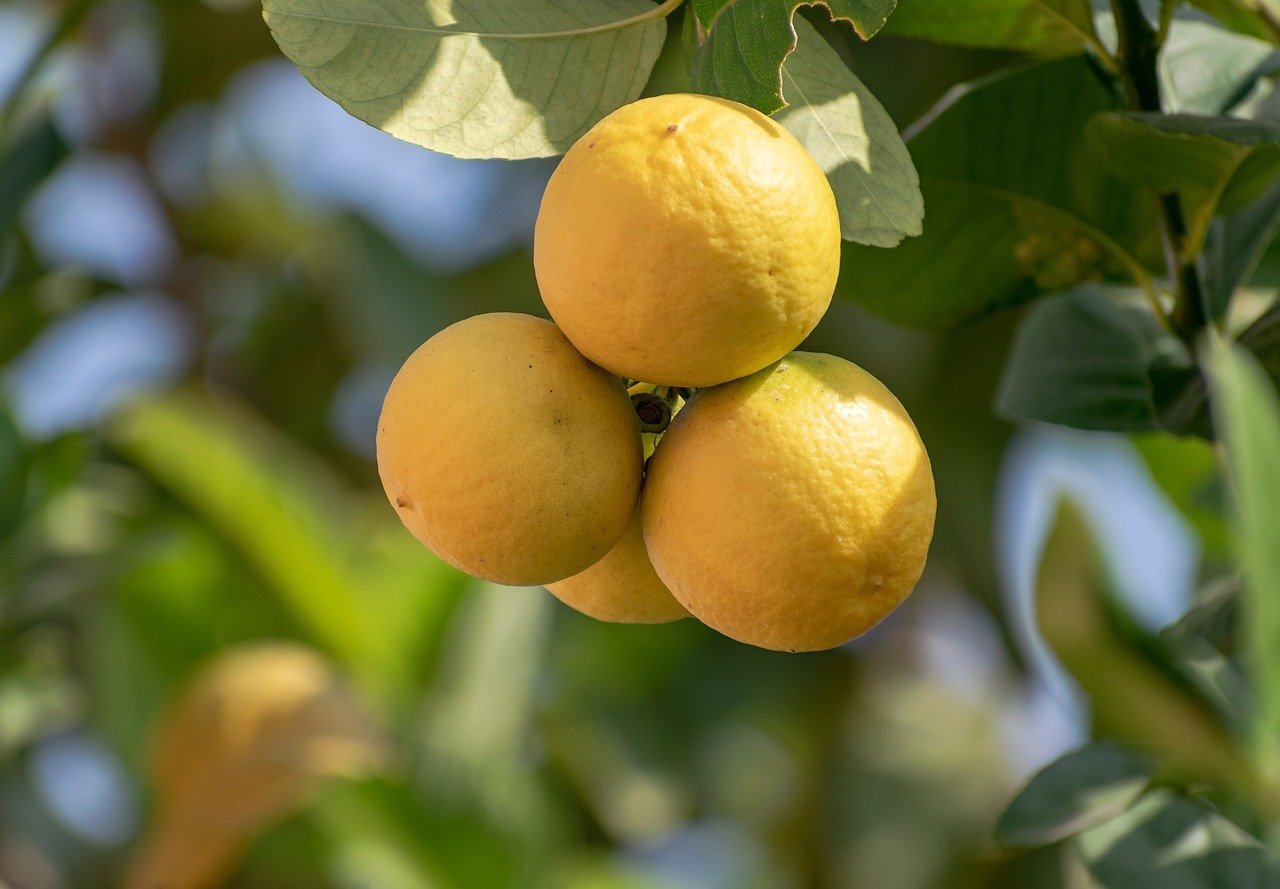Lemon Tree Care: 10 Tips

Lemon trees are a delightful addition to any garden, offering both aesthetic beauty and the promise of fresh, homegrown citrus fruit. These evergreen trees thrive in warm climates and can also be grown indoors in cooler regions. With the right care and attention, a lemon tree can flourish and provide a bountiful harvest. Here are ten essential tips to ensure your lemon tree remains healthy and productive.
Lemon Tree Care
1. Choose the Right Location
Selecting the proper location for your lemon tree is crucial. Lemon trees require full sunlight, meaning they need at least six to eight hours of direct sunlight each day. When planting outdoors, choose a spot that is protected from strong winds, as lemon trees are sensitive to wind damage.
If you are growing a lemon tree indoors, place it near a south-facing window where it can receive ample sunlight. If natural light is insufficient, consider using a grow light to supplement. Proper lighting ensures the tree can photosynthesize effectively, promoting strong growth and fruit production.
2. Use Well-Draining Soil
Lemon trees thrive in well-draining soil, which prevents root rot and other water-related issues. A sandy loam soil is ideal, as it provides good drainage while retaining essential nutrients. If your garden soil is heavy clay, amend it with organic matter such as compost or aged manure to improve its texture and drainage capabilities.
For potted lemon trees, use a high-quality potting mix designed for citrus or other fruit trees. Ensure the container has adequate drainage holes to prevent water from accumulating at the bottom, which can lead to root rot and other fungal diseases.
3. Water Appropriately
Proper watering is essential for lemon tree health. While these trees require regular watering, it’s important not to overwater. The soil should be kept moist but not soggy. A good rule of thumb is to water deeply once the top inch of soil feels dry to the touch.
During the hot summer months, your lemon tree may require more frequent watering. Conversely, in cooler months, reduce watering to prevent waterlogging. Mulching around the base of the tree can help retain soil moisture and regulate temperature, promoting healthy root development.
4. Fertilize Regularly
Lemon trees are heavy feeders and benefit from regular fertilization. Use a balanced fertilizer formulated specifically for citrus trees. Fertilize every four to six weeks during the growing season, from early spring to late summer, to provide essential nutrients for optimal growth and fruit production.
Be mindful of the nitrogen content in the fertilizer, as excessive nitrogen can lead to lush foliage at the expense of fruit development. Follow the manufacturer’s instructions for application rates and methods to avoid over-fertilizing, which can damage the tree.
5. Prune for Health and Shape
Pruning is an important aspect of lemon tree care, promoting good air circulation and reducing the risk of disease. Prune your tree in late winter or early spring before new growth begins. Remove dead, damaged, or diseased branches to maintain the tree’s health.
Additionally, prune to shape the tree and control its size, especially if it is grown in a container. Thin out crowded branches to allow light to penetrate the canopy, which helps in fruit ripening and reduces the likelihood of pest infestations.
6. Protect from Pests
Lemon trees are susceptible to various pests, including aphids, scale, and spider mites. Regularly inspect your tree for signs of pests and take action at the first indication of an infestation. Use insecticidal soap or horticultural oil to control soft-bodied pests like aphids and spider mites.
For scale insects, manually remove them with a soft brush or use a systemic insecticide if the infestation is severe. Encouraging beneficial insects, such as ladybugs and lacewings, can also help control pest populations naturally.
7. Provide Winter Protection
If you live in an area with cold winters, protect your lemon tree from frost and freezing temperatures. Lemon trees are sensitive to cold and can suffer damage or even die if exposed to prolonged cold weather. If your tree is potted, move it indoors to a sunny location before the first frost.
For outdoor trees, use frost cloths or blankets to cover the tree during cold snaps. Adding a layer of mulch around the base of the tree can help insulate the roots and maintain soil temperature, reducing the risk of cold damage.
8. Ensure Proper Pollination
Lemon trees can self-pollinate, but having bees and other pollinators around can increase fruit set and yield. Encourage pollinators by planting a variety of flowering plants nearby and avoiding the use of pesticides that can harm beneficial insects.
If you are growing your lemon tree indoors or in an area with few natural pollinators, you can hand-pollinate. Use a small paintbrush or cotton swab to transfer pollen from one flower to another, mimicking the action of bees and ensuring successful pollination.
9. Manage Diseases
Lemon trees can be affected by various diseases, including citrus canker, root rot, and sooty mold. To prevent disease, ensure good air circulation around the tree, avoid overwatering, and keep the area around the tree free of fallen leaves and fruit.
If you notice signs of disease, such as discolored leaves, mold growth, or lesions on the fruit, take action promptly. Remove and dispose of affected plant parts, and use appropriate fungicides or bactericides as needed to control the spread of the disease.
10. Harvest Properly
Knowing when and how to harvest your lemons is crucial for the best flavor and quality. Lemons are typically ready to harvest when they reach a deep yellow color and are slightly soft to the touch. Depending on the variety, this can take six to nine months after flowering.
To harvest, use pruning shears or a sharp knife to cut the fruit from the tree, leaving a small portion of the stem attached. Avoid pulling the fruit, as this can damage the tree. Store harvested lemons in a cool, dry place or refrigerate them to extend their shelf life.
By following these tips, you can enjoy the beauty and bounty of a healthy lemon tree. With proper care, your lemon tree will thrive and reward you with delicious, homegrown lemons for years to come.



